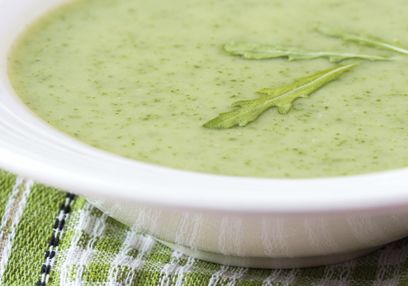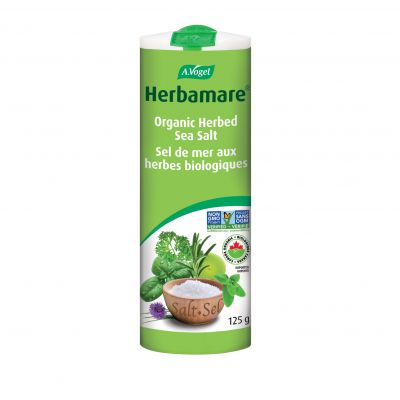More formerly known as adhesive capsulitis, frozen shoulder consists of three phases and occurs when the shoulder capsule and the surrounding tissues inflame and stiffen.
What are the signs and symptoms in each phase?
- Freezing – in this stage, lasting anywhere from weeks to months, there is a slow onset of pain which causes the individual to stop any motion of the shoulder due to the pain
- Frozen – while there is an improvement in pain, the stiffness of the shoulder remains and can last for months
- Thawing – this is the recovery period where the individual gradually begins to gain back their range of motion over many months
This condition can easily impact quality of life as those affected lose the ability to perform everyday motions painlessly, such as reaching for an object or putting on an article of clothing. Often the pain is worse at night.
Help me understand the anatomy of the shoulder.
The shoulder is the most versatile joint in the entire human body, able to move in numerous directions. This is because it is known as a ball-and-socket joint. The smooth spherical head of the humerus, the bone between our shoulder and elbow, fits into the shoulder socket. The humeral head and shoulder socket are both covered in a layer of articular cartilage 2-4mm thick. The role of this cartilage is to allow the bones forming the joint to glide past one another without issue.
With time and damage, this cartilage can wear down and become rough. Imagine trying to pull something across polished, hardwood floors…now imagine trying to pull that same object across sandpaper. The outcome is probably a little different, so it’s vital that we maintain our joints as best we can.
Throw in some muscle power to get things moving.
Humans would be pretty useless if our bodies were all skeleton, no muscle – like a puppet with no strings. The hundreds of muscles around the body contract and relax in complex ways to perform motions and adjustments that we rarely ever consider. When we consider the motions of the shoulder, this couldn’t be done without the muscles comprising the rotator cuff – SITS. The supraspinatus, infraspinatus, teres minor, and subscapularis. They are also responsible for holding the humeral head in the shoulder socket and stabilizing the glenohumeral joint.
How does frozen shoulder occur?
Primary adhesive capsulitis can occur spontaneously and doesn’t require any prior injury or event to set it off. In these cases, the articular cartilage may have worn down due to overuse. When injuries take place in the shoulder region, rigid scar tissue can form that is less elastic and stiffer than the tissues once there. Additionally, higher levels of inflammatory agents are commonly found in those diagnosed with adhesive capsulitis.
4 quick facts about frozen shoulder
- 3-5% of the general population will experience this condition at some point in their lifetime, and over 20% of diabetics.
- 25.3% of patients who have experienced a cerebrovascular disease may develop adhesive capsulitis within 6 months.
- Only 2.6% of physicians participating in a study prescribed corticosteroid (anti-inflammatory) injections in the shoulder.
- Corticosteroid injections show the most benefit in the short-term, but did not maintain pain relief past 8 weeks in a meta-analysis of studies.
Stay flexible
A brilliant treatment can be performed in your own home. Stretches are a way to slowly encourage the mobility of the joint, but heating the shoulder is a beneficial start to the stretch.
This can easily be accomplished through a hot bath, shower, or towel applied to the area. This encourages blood flow as the blood vessels dilate, bringing precious nutrients to the area and taking away the wasteful byproducts.
The condition is self-limiting, resolving on its own over time, but the stretching can encourage the scar tissue to break down. Stretching also helps develop thicker and more parallel collagen and elastin, two important components to keeping the shoulder mobile.
Look around for some herbal help
Products such as Joint Pain Relief tabs may be able to help with adhesive capsulitis. The main ingredient of the product is a dry extract of Devil’s Claw (Harpagophytum procumbens). The active component of the root is harpagoside which has been shown to inhibit certain pro-inflammatory agents and therefore reduce swelling. This alleviates compression on the shoulder joint and encourages a return to the regular range of motion. Additional benefits include the reduction of pain as harpagosides have a mild analgesic effect.
For a relatively ‘quick fix’, a topical application of Arnica montana can provide relief for the pain. The herb acts as an anti-inflammatory and stimulates circulation, bringing fresh blood to the shoulder. With this in mind, it can be helpful to have a product like Absolüt Arnica Gel on hand that works in harmony with Joint Pain Relief.
Could exercise help?
Like a car engine sputtering to life after months of sitting idle, muscles follow the similar saying, ‘use it or lose it’. When muscles are being utilized and pushed to their limits, the body directs a lot of resources that way to ensure the cells are getting the nutrients they need to maintain their health and grow.
If they are not being used, the body shifts resources away leading to atrophy of the muscle. Some motions could cause more pain than others, so working with your physiotherapist or primary care provider is the way to ensure you create a treatment plan that suits your current abilities and evolves as you gain your motion back.
References:
https://www.ncbi.nlm.nih.gov/pmc/articles/PMC4268082/
https://www.ncbi.nlm.nih.gov/pmc/articles/PMC3445147/
https://www.ncbi.nlm.nih.gov/pmc/articles/PMC4327350/
https://www.ncbi.nlm.nih.gov/pmc/articles/PMC5384535/
https://www.ncbi.nlm.nih.gov/pmc/articles/PMC5515778/
https://www.ncbi.nlm.nih.gov/pubmed/7302118/
https://www.ncbi.nlm.nih.gov/pubmed/10963182
https://www.ncbi.nlm.nih.gov/pubmed/17128436
https://www.ncbi.nlm.nih.gov/pubmed/17673588
https://www.ncbi.nlm.nih.gov/pubmed/22882499
https://www.ncbi.nlm.nih.gov/pubmed/26049170
https://www.ncbi.nlm.nih.gov/pubmed/26528823






